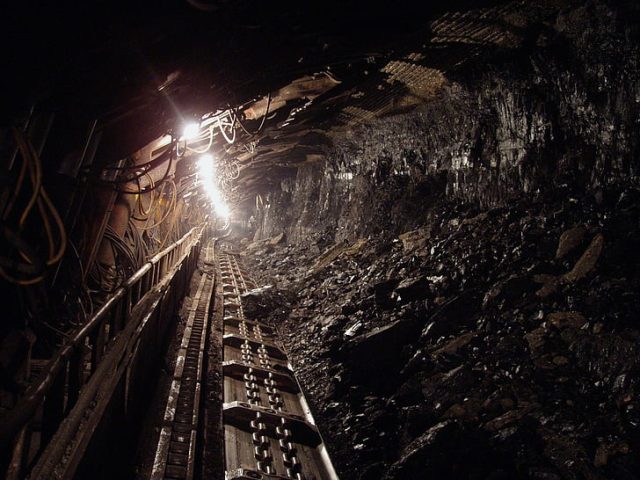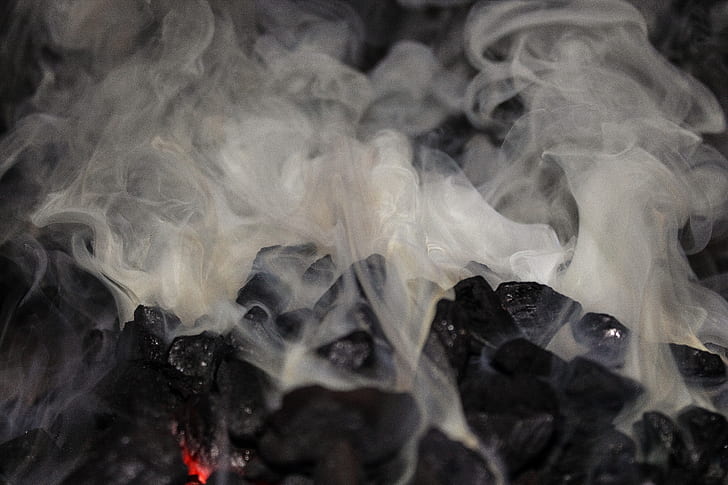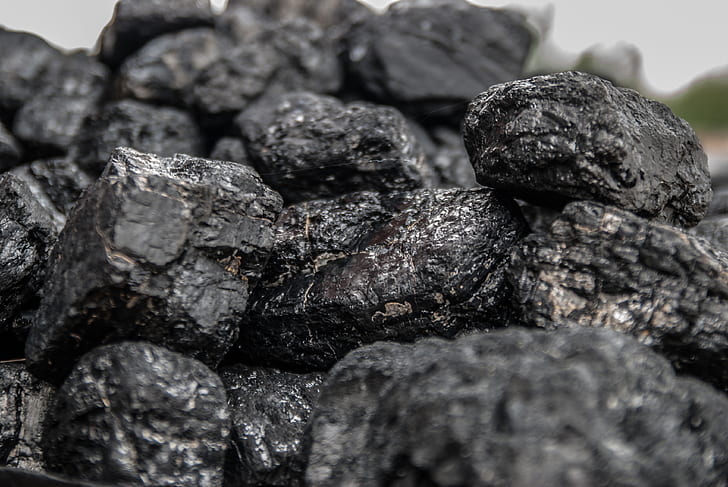
The amount of methane emitted from abandoned coal mines accounts for 85% of Romania’s total pollution sources. With this significant percentage, Romania is the second largest methane polluter in the EU. In other words, Europe is being poisoned with methane gas by the Romanian state.
According to specialists, methane gas emissions are at alarming levels in Romania. An analysis by the energy think tank Ember shows that capturing and using just half of these gas emissions from closed coal mines could generate around €75 million worth of electricity at current prices. On the other hand, there would be enough waste heat to heat almost 19,000 hospital beds a year.

In order to achieve climate neutrality, the first and most important thing the Romanian state should do is to reduce methane emissions from coal mining. All this would not be enough without recovering, capturing and storing the methane gas emitted in the old coal mines. These three listed technological processes could be used for the benefit of Romanians through the production of electricity and heat, so costly in the current global energy crisis. Unfortunately, Romania is lagging behind in this respect and by failing to reduce methane emissions from closed mines, the Romanian state is in danger of falling off the path to achieving climate neutrality by 2050. It is well known that methane accelerates global warming, one of the reasons being that the gas is not returned to the environment. Ember’s expert analysis warns that we are heading for a world where the impact of climate change will be devastating for both agriculture and human life. Methane has an initial impact on global warming of 120 times that of carbon dioxide, a ratio that gradually decreases over time as it dissipates into the atmosphere. Unlike carbon dioxide, methane can initiate and even accelerate global warming.
Poland is the biggest methane emitter in the EU
The biggest emitter of methane in the European Union today is Poland. As the owner of these sources of pollution, the state, by not investing in equipment to capture the methane emitted by coal mines, is making itself primarily responsible for most of these methane emissions that lead to global warming.
According to the document presented by the Ember think tank, quoted by the 2Celsius Association, by 2020, Poland was the main European culprit for methane pollution with two thirds of all coal mine methane emissions across the European Union attributed to it. Against this background, the report’s authors draw attention to two major loopholes in the European Union (EU) Methane Regulation. These loopholes would allow coal mines to produce an additional 2.2 million tonnes of methane emissions by 2050, equivalent to the combined annual CO2 emissions of Belgium and the Czech Republic.
According to Ember’s analysis, 12 of Poland’s underground hard coal mines are responsible for the majority of these methane emissions (87%). Seven of these mines mine thermal coal and, as repeatedly requested by the European Commission, Poland should as a matter of priority close these coal mines and replace them with other, lower methane reserves. The Polish state has also repeatedly warned that it does not intend to close these mines, even at the risk of losing European funding through the National Recovery and Resilience Plan (NRRP).
85% of methane emitted from abandoned coal mines in the EU comes from Romania
Romania is the second largest emitter of methane in the European Union, accounting for 85% of the methane emitted from abandoned coal mines in the EU today.
Thus, according to Ember studies, if the 20-year warming potential of methane (X80 CO2e) is taken into account, the amount of methane emissions from abandoned mines in Romania exceeds the amount of carbon dioxide equivalent produced by the energy industry in one year.
“The EU regulation aims to limit the amount of fugitive methane emissions that coal mines are allowed to release instead of capturing and neutralising it or using it. Later this month, European Parliament committees will vote on the final amendments. A recent amendment increases the venting threshold for coal mines from 0.5 to 5 tonnes of methane per kilotonne of coal until 2031, after which the threshold will be reduced to 3 tonnes. In addition, the Methane Regulation does not apply a venting threshold for coking coal used in steel production,” Ember’s expert analysis states.
Ember’s analysis shows that the latest revisions to the EU Regulation will reduce methane emissions from coal mines by only 47%. This is well below the stated target of a 58% reduction in methane emissions.
“That’s 2.2 million tonnes of extra methane by 2050, equivalent to 180 million tonnes of extra CO2, more than the annual CO2 emissions of Belgium and the Czech Republic combined,” Ember’s expert calculations show.
As mentioned, in the case of Romania, experts estimate that capturing and using just half of these emissions could generate €75 million of electricity.
“The Regulation on the reduction of methane emissions from the energy sector is one of the most cost-effective and technically efficient ways to reduce emissions of a greenhouse gas as potent as methane. There is really no excuse. If we fail to reduce the emissions that are within our grasp, we risk derailing the process towards achieving climate neutrality in 2050. This means we are heading towards a world where the impact of climate change will be devastating, a world we can already glimpse in the historic drought that hit Europe in 2022,” said Mihai Stoica, Executive Director of 2Celsius.

Coal mines are the EU’s largest source of methane in the energy sector. In this context, underground (hard coal) mines emit six times more methane than surface (lignite) mines. The report reveals that in 2020 hard coal mines were responsible for 59% of methane emissions from coal mines in the EU.
“The proper closure of coal mines is an action that Romania must take responsibly to avoid accidents and prevent pollution. For example, the Lonea and Lupeni mines in Valea Jiului have been in the process of closure since 2018 and have received state aid for safety. However, they are still not closed today, as the deadline has been extended by several government decisions. The latest date put forward is 2026 under the decarbonisation law. This together with the methane regulation gives Romania an opportunity to green the mines in a profitable way,” said Alexandra Doroftei, Bankwatch Romania campaign coordinator.
As recommendations, Ember’s analysis outlines that coal mine venting thresholds should not exceed 3 tonnes of methane per kilotonne of coal mined from 2027, and then be reduced to 1 tonne of methane per kilotonne of coal mined by 2030. Also, for coking coal mines, the report’s authors recommend that the Regulation should apply a venting threshold of no more than 5 tonnes of methane per kilotonne of coal from 2027.
“Such a scenario would put the EU on track to meet its 58% emissions reduction target,” the experts point out.
Ember is an independent, non-profit climate and energy think tank that produces cutting-edge research and high-impact, politically viable policy proposals aimed at accelerating the global transition from coal to clean electricity.
Bankwatch Romania is an association founded in 2012 with the aim of preventing negative environmental and social impacts of public and private projects and promoting sustainable alternatives and public participation in decision-making. The main area of activity of the association is the reduction of pollution in the energy sector with a strong focus on reducing the use of fossil fuels.
2Celsius is also an environmental non-governmental organisation established in 2010. The association is currently a member of the largest European environmental networks, including Transport&Environment, European Environmental Bureau and CAN Europe.



 Subscribe
Subscribe